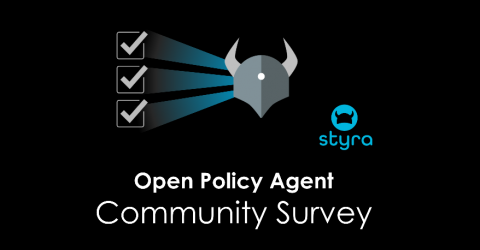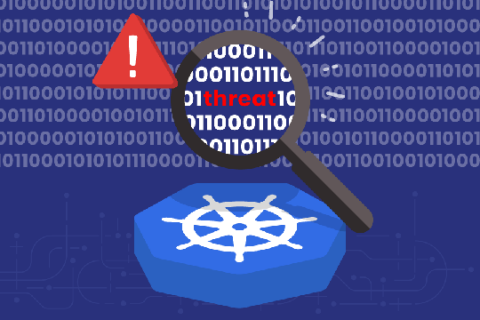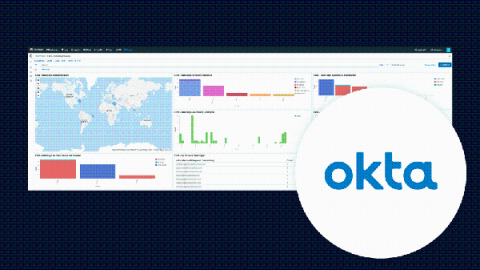Security | Threat Detection | Cyberattacks | DevSecOps | Compliance
Security
What is Encapsulating Security Payload in Network Security?
Being one of the most popular tools used in network security, Encapsulating Security Payload (abbreviated as ESP) offers the help we need in keeping the integrity, authenticity and confidentiality of the information we send across networks. Keep reading to learn more! With the technological advancements, the way we conduct our business processes has changed immensely. Now, we heavily rely on the internet technologies and transfer massive amounts of data daily.
Bluetooth security risks explained
What would we do without Bluetooth these days? Our earbuds and headphones would have to use annoying wires. We would have one less way to transfer files between your laptop and your phone. And how would you connect your phone to your car? But as a wireless data transfer standard, of course Bluetooth has some associated cybersecurity risks.
CI/CD and the Promise of Agile Transformation
Continuous integration/continuous delivery, more commonly known as CI/CD, promises to help software companies become more agile by delivering software faster and more reliably. The goal of CI/CD is to reduce software development and delivery timelines from months or weeks down to days or even hours. It does this by pushing frequent updates and fixes regardless of size and using automation tools to help the process run smoothly.
Open Policy Agent user survey validates need for cloud native authz
We recently surveyed the Open Policy Agent (OPA) community to gauge use case adoption, pain points and generally help guide the project. The recent survey results reflect how much the community has grown over the past year. This time we received 204 responses from over 150 organizations across North America, Europe, Asia, Australia and Africa. Over 90% of respondents indicated they are in some stage of OPA adoption (e.g., pre-production, production, etc.).
Babylon Health App Leaked Patients' Video Consultations
Babylon Health, makers of a smartphone app that allows Brits to have consultations with NHS doctors, has admitted that a “software error” resulted in some users being able to access other patients’ private video chats with GPs.
Kubernetes Security: Lateral Movement Detection and Defense
What is Lateral Movement? Lateral movement refers to the techniques that a cyber-attacker uses, after gaining initial access, to move deeper into a network in search of sensitive data and other high-value assets. Lateral movement techniques are widely used in sophisticated cyber-attacks such as advanced persistent threats (APTs).
The Fundamental Steps Every IT Admin Must Take to Prevent Ransomware
For enterprises that have at least some part of their IT environment in the cloud, the key to protecting data starts with understanding the layers of the cloud stack and their corresponding security risks. Each layer has its own unique threat potential, and when IT teams understand how data transacts at each layer, they can take appropriate measures to safeguard against those threats. One of the most common is ransomware.
Okta Log Insights
This post will show you how Coralogix can provide analytics and insights for your Okta logs, both performance, and security. Okta is one of the leading Identity provider platforms in the world, offering a variety of cloud services including a Single Sign-On solution to manage and secure company user authentication with 3rd party applications.
Why Zero Trust in IAM is the new way forward
The increasing adoption of cloud applications and an expanding remote workforce are redefining network security. In a traditional setting, the emphasis was on perimeter-based security—assuming that everything behind the corporate firewall is safe. However, it’s clear that organizations have to rethink the philosophy of implicit trust in a corporate network.











